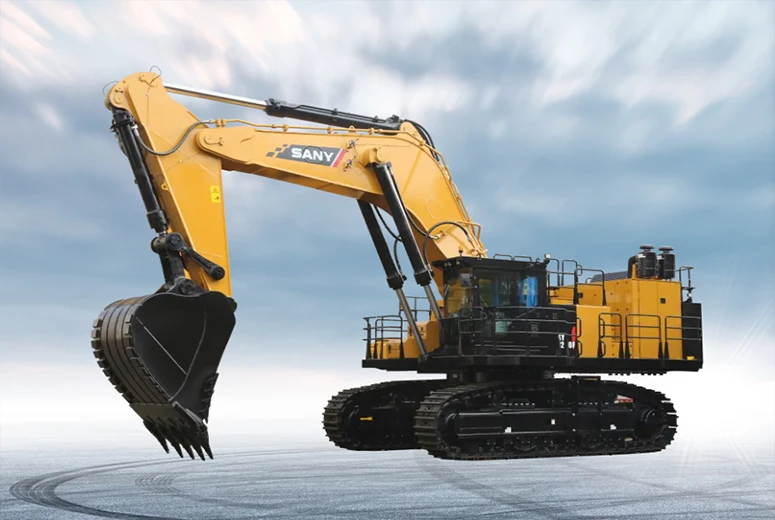ev chassis
Understanding EV Chassis The Backbone of Electric Vehicles
As the automotive industry transitions towards a more sustainable future, electric vehicles (EVs) have emerged as a key player in reducing carbon emissions and enhancing urban mobility. Central to the operation and performance of these vehicles is the chassis, which serves as the backbone of an EV. Understanding the intricacies of EV chassis design and functionality is vital for stakeholders, from manufacturers to consumers, as they navigate this evolving landscape.
What is an EV Chassis?
The chassis of an electric vehicle is essentially the frame that supports the vehicle's body and components. It includes various essential parts such as the suspension system, wheels, drivetrain, and most importantly, the battery pack. Unlike traditional internal combustion engine (ICE) vehicles, EVs utilize a different layout, leading to unique chassis designs optimized for electrical components and energy efficiency.
Importance of Chassis Design in EVs
1. Weight Distribution One of the critical aspects of EV chassis design is the weight distribution, particularly due to the placement of heavy battery packs. A well-designed chassis ensures an even weight distribution, improving handling, stability, and overall driving dynamics. Manufacturers often choose a low center of gravity to enhance the vehicle's performance and safety.
2. Material Selection The materials used in constructing an EV chassis have a significant impact on performance and range. Lightweight materials, such as aluminum and composite materials, are preferred as they help reduce the overall weight of the vehicle. This reduction in weight can lead to improved energy efficiency and longer driving ranges, two crucial factors for potential EV buyers.
3. Integrating Components The chassis also plays a pivotal role in integrating various components. For example, the electric motor, regenerative braking systems, and battery management systems must all be seamlessly incorporated into the chassis. Engineers must meticulously design these integrations to ensure optimal performance and reliability.
4. Safety Safety features are paramount in EV chassis design. With the increased weight from battery systems, the chassis must be engineered to withstand collision forces while protecting occupants. This includes crumple zones, reinforced structures, and a robust design to cater to the unique characteristics of electric propulsion.
ev chassis

Advances in EV Chassis Technology
Recent years have witnessed significant advancements in EV chassis technology. One innovation is the development of skateboard chassis, which allow manufacturers to easily modify the vehicle's design by changing the upper body without altering the foundational structure. This modular approach not only saves time and resources during production but also opens opportunities for customization.
Another exciting development is the integration of smart technologies into the chassis. Sensors and actuators can provide real-time data on vehicle dynamics, helping to adjust the driving experience based on conditions. This capability can enhance traction, stability, and overall performance while providing drivers with a safer and more enjoyable ride.
Future of EV Chassis
Looking ahead, the future of EV chassis design is poised for further innovation. As the demand for electric vehicles grows, manufacturers will continue to explore new technologies and materials that can enhance performance and efficiency. Research into solid-state batteries and advanced composite materials could lead to even lighter and more energy-dense options for EVs.
Moreover, with the rise of autonomous vehicles, chassis design will need to adapt to accommodate new technologies and increased computational hardware. This evolution will result in more sophisticated and capable EV architectures that prioritize not only efficiency but also enhanced driving experiences.
Conclusion
The EV chassis is a crucial component that underpins the performance, safety, and efficiency of electric vehicles. As the industry continues to innovate and adapt to changing consumer demands and technological advancements, understanding the nuances of chassis design will become increasingly important. By focusing on lightweight materials, safety features, and integration of advanced technologies, the future of EV chassis promises exciting possibilities for a greener, smarter automotive landscape.
-
SINOTRUK HOWO 84 Electric Dump Truck for Eco-Friendly Heavy HaulingNewsJul.26,2025
-
The Fast 16-Gear Manual Transmission Assembly for Heavy TrucksNewsJul.25,2025
-
Mercedes Benz Actros 1848 42 Tractor Truck for Sale - Reliable PerformanceNewsJul.24,2025
-
High-Quality Water Pump Assembly for Sinotruk Trucks – Durable & ReliableNewsJul.23,2025
-
Premium Truck Engine Antifreeze Coolant Fluid for Heavy Duty VehiclesNewsJul.22,2025
-
FOTON View G7 Mini Bus: Affordable & Spacious TransportNewsJul.22,2025
Popular products

























